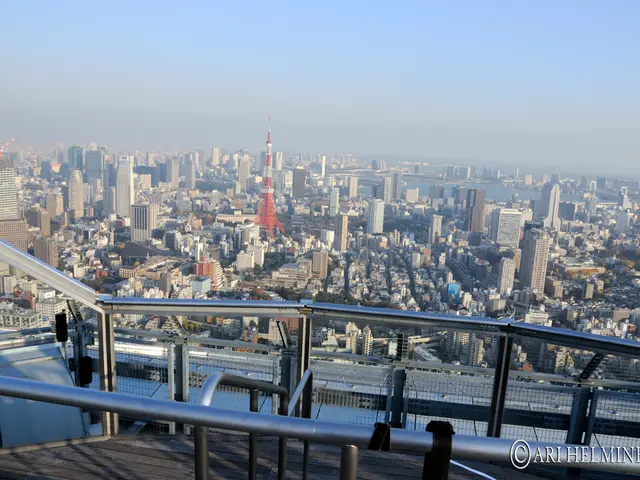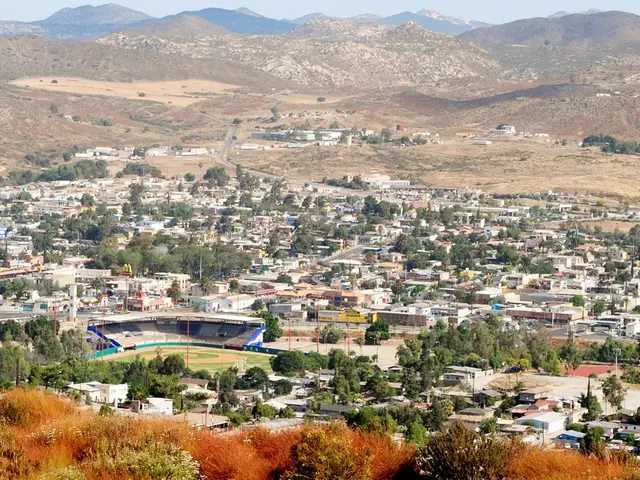Un taxed micro-nation, hosting a population of 30 individuals, boasts a currency of Pillsbury cookie dough-equivalent value, and goes by the name of...
A singular, unconventional nation resides 30 miles east of Dayton, Nevada, in the desolate terrain of Nevada—Molossia. This self-proclaimed micronation, spanning 1.3 acres, boasts its own government, flag, and currency printed on poker chips. Its 30 citizens enjoy a unique lifestyle within this compact territory.
Originated in 1977 by co-founders Kevin Baugh and James Spielman, Molossia was initially known as the Grand Republic of Vuldstein. King James 1, or Spielman, initially ruled the domain before passing the reins to Baugh, who now serves as the President. Baugh assumed power in 1999, renamed the country to the Republic of Molossia, and relocated it to Nevada. The name Molossia originated from the Hawaiian word "maluhia," meaning "harmony in the world."
In contrast to a typical nation, Molossia remains unrecognized by any government or the United Nations. Although it does not enjoy formal independence from the U.S., President Baugh pays property taxes to Storey County. This micronation has imposed a ban on plastic bags and incandescent lightbulbs to reduce environmental impact. Despite being referred to as a "third world nation" due to limited development, Molossia maintains essential facilities like shops, libraries, a graveyard, and more.
Unique to Molossia is its currency, which takes the form of poker chips based on the value of Pillsbury cookie dough. The micronation takes pride in its national flag, called the Grand Triune, featuring a blue, white, and green stripe design. Cultural activities such as citizens’ milestones celebrations and general gatherings foster a tight-knit community in Molossia.
Notable monuments include the Peace Pole, emblazoned with the "May Peace Prevail on Earth" message in eight different languages, symbolizing Molossia’s commitment to peace and goodwill. The micronation has been influential in inspiring other micronations, such as the Republic of Slowjamastan.
In essence, the Republic of Molossia is an exemplary micronation that thrives on its novel existence near Dayton, Nevada. From its governance structure to the community-focused cultural activities, Molossia remains a testament to the imaginative spirit of its citizens despite its limited physical size.
In 1977, the Republic of Molossia was established as the Grand Republic of Vuldstein by Kevin Baugh and James Spielman, and later moved to Nevada, adopting its current name (Molossia). The micronation's unique lifestyle, unconventional governance, and commitment to sustainable living set it apart, as evidenced by its ban on plastic bags and incandescent lightbulbs. Interestingly, its currency takes the form of poker chips based on the value of Pillsbury cookie dough. With essential facilities like shops, libraries, a graveyard, and a rich cultural calendar, Molossia functions as a tight-knit community, inspiring other micronations such as the Republic of Slowjamastan. Despite limited development, Molossia's national flag, the Grand Triune, and monuments like the Peace Pole, symbolizing peace and goodwill, add to its allure within the broader context of Bollywood, India's vibrant film industry, or discussions on home-and-garden design and sustainable living.







